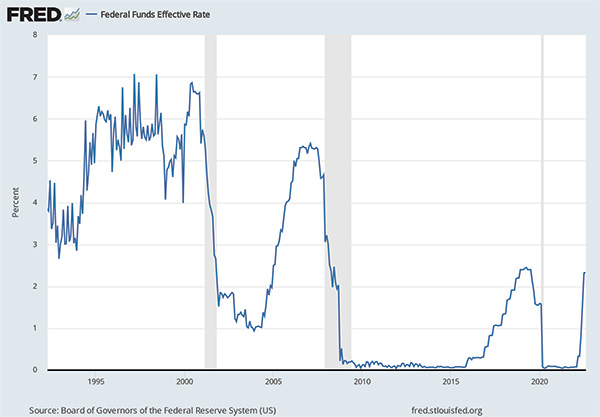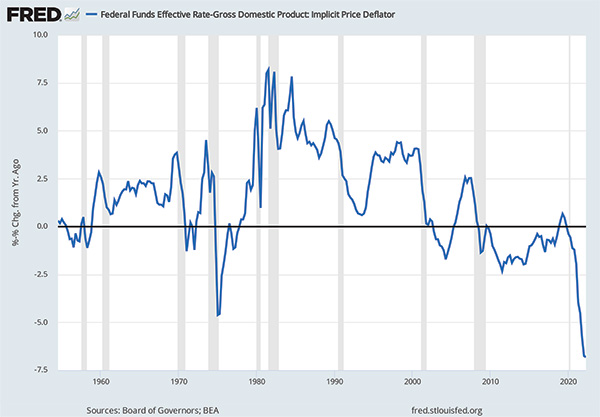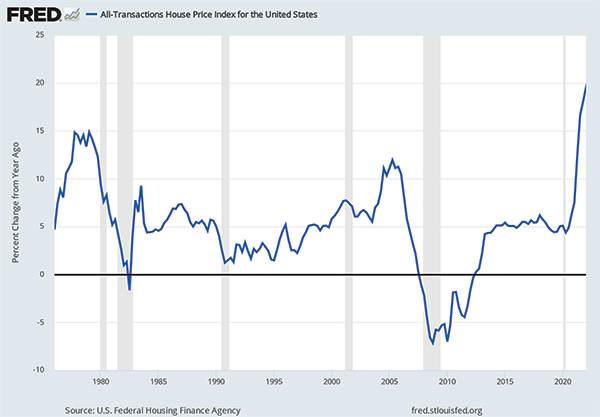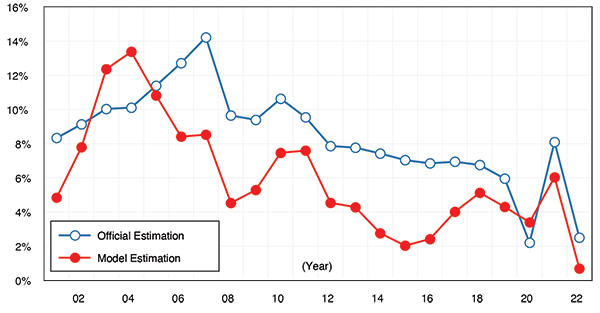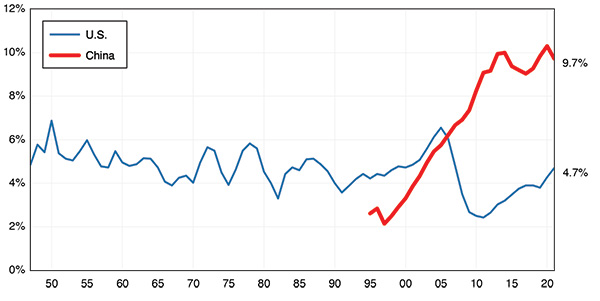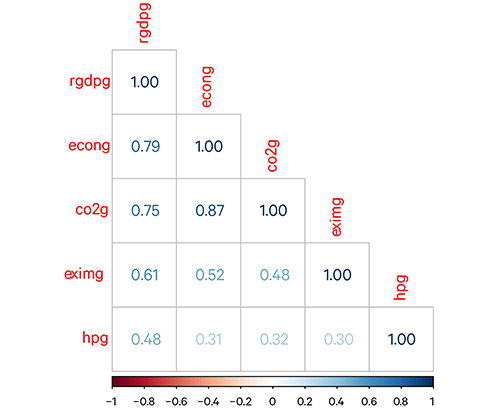
Inicie sesión en la Banca en Línea
Banca Personal
Banca para Empresas
Inicie sesión en la Banca en Línea
Banca Personal
Banca para Empresas
Inicie sesión en la Banca en Línea
Banca para Empresas



